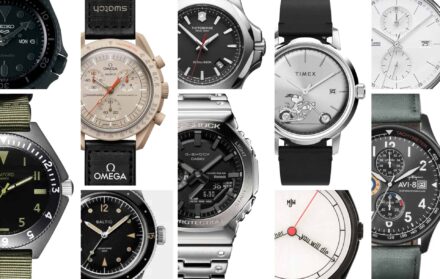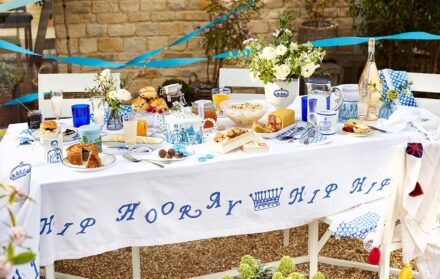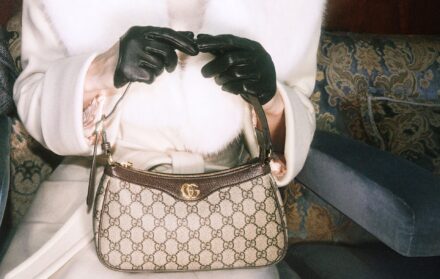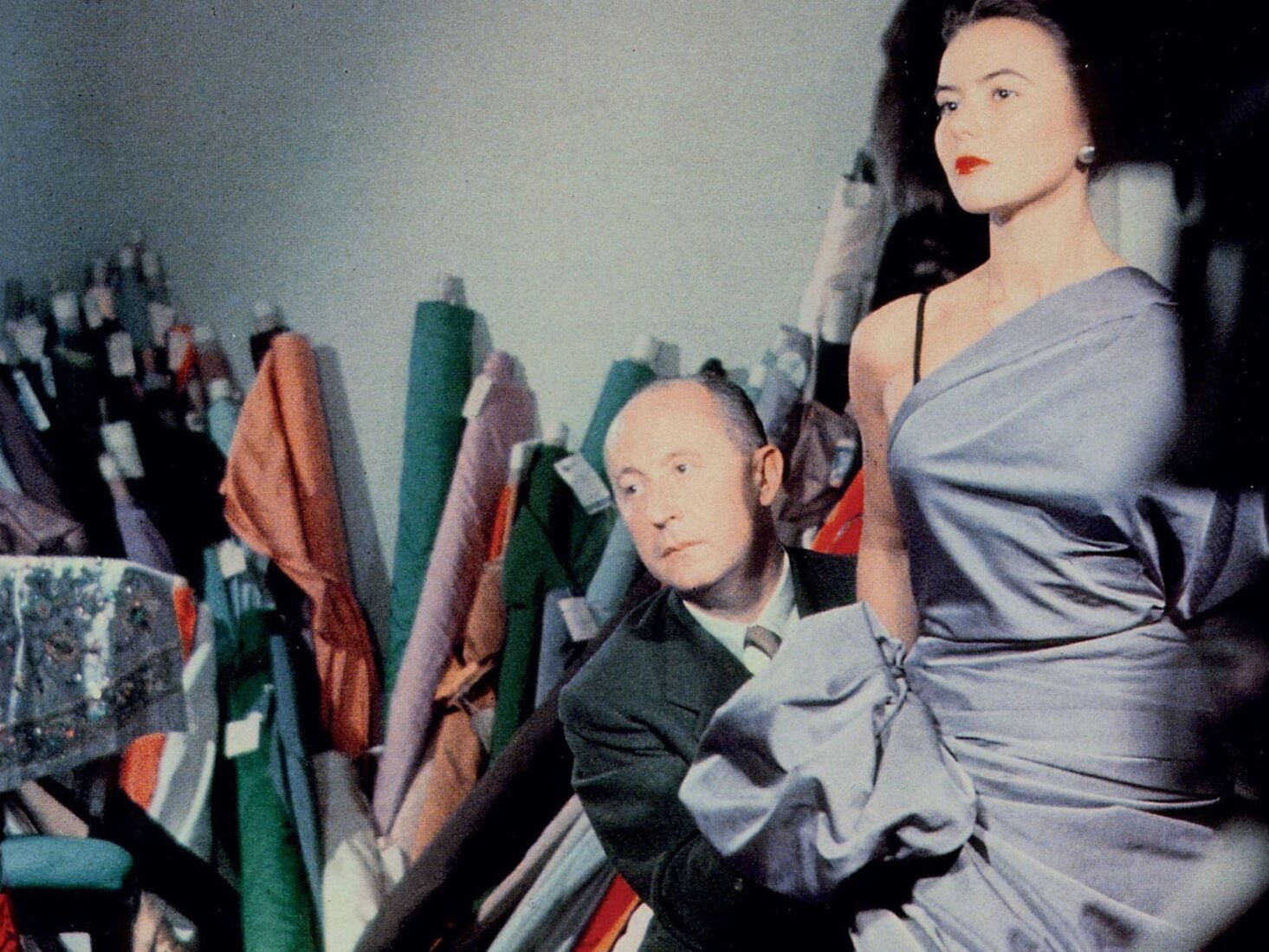
A history of Dior’s most iconic looks
From the New Look era to the current feminist perspective, Christian Dior’s legacy has long shaped the way we dress
Few fashion houses hold as much influence as the house of Christian Dior. With a legacy spanning more than seven decades, Dior has had a massive impact on the fashion industry at large over the years, often shaping global trends. Christian Dior’s debut collection in 1947 revolutionised womenswear with the now-iconic New Look silhouette that helped re-establish the prominence of French couture. And, while the nipped waist structured silhouette eventually gave way to floaty ‘Tulip’ dresses and A-line silhouettes, Dior’s ability to deliver iconic looks persisted.
Even after the designer’s untimely death, aged 52, a series of exceptionally talented designers continued Dior’s legacy. From Yves Saint Laurent and John Galliano to Raf Simons and Maria Grazia Chiuri, each of Dior’s successors has infused a fresh design language into the house’s couture history.
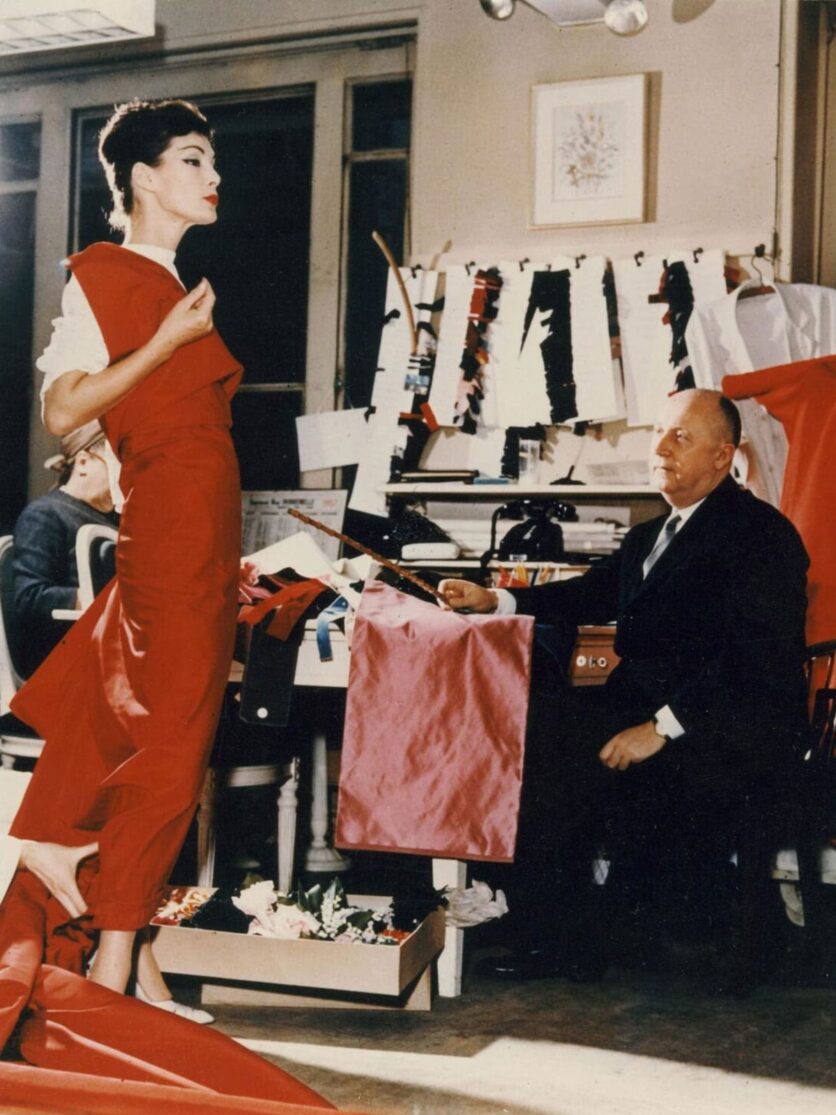
This month Christian Dior’s fascinating story will become the focus of a new Apple TV show, aptly titled The New Look. Released on 14 February 2024, the series will spotlight Monsieur Dior’s rising popularity in 1947, his relationship with his sister Catherine Dior, and his legendary rivalry with Coco Chanel. As the show delves into the juicy history of the brand’s founder, we’ve flipped through the fashion books to uncover the house of Dior’s most iconic looks.
1947: Christian Dior’s New Look
The look that cemented Dior’s couture reputation, the New Look debuted in 1947 and celebrated a return to ultra-femininity after a period of austerity post-World War II. The look was characterised by a cinched waist, rounded shoulders, and accentuated hips. Calf-length skirts were crafted with layers for a fuller look while darted dresses helped perpetuate an opulent hourglass silhouette. Among the most iconic pieces, the Bar suit, with its waist-cinching notched collar jackets continues to be reinvented by Dior’s successors.
1949: Princess Margaret’s birthday dress
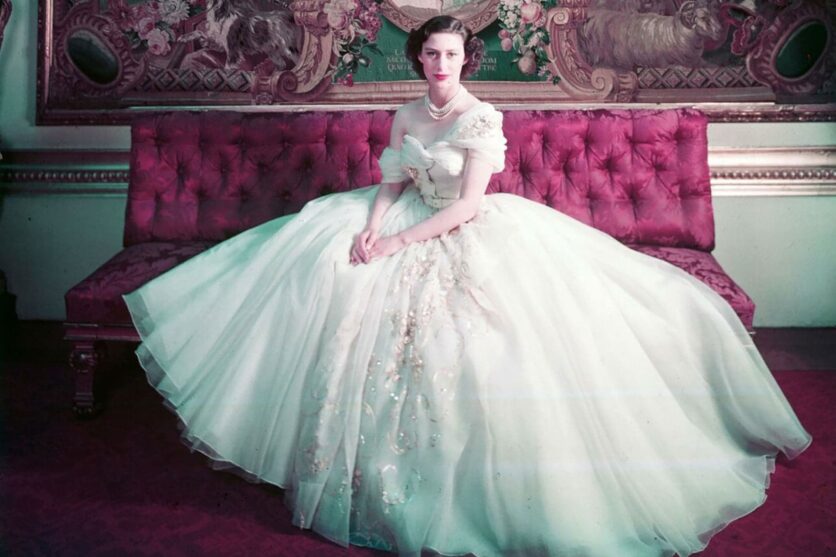
Monsieur Dior harboured a fascination for British culture and, in 1949, he designed a dress for Princess Margaret’s 21st birthday. The off-the-shoulder cream confection was made with silk organza layered over satin and featured bead detailing, mother-of-pearl, and sequin embroidery. The princess wore it for her official portrait, sparking a collaboration with the designer that would continue for many years.
1953: Christian Dior’s Tulip era
Christian Dior’s second most impactful collection graced the spring 1953 runways and was titled Tulip. Moving away from the full swirling skirts of the New Look, these dresses were more streamlined and floaty, featuring flowery prints. The Tulip look dominated Dior’s collections for some years before giving way, in 1955, to A-line dresses which veered away from focusing on the hips for a smooth silhouette.
1958: Yves Saint Laurent’s youthful Trapeze collection
Yves Saint Laurent’s first collection for Dior in 1958 infused a youthful energy into the house’s design language. The young couturier deviated from his mentor’s signature structure to offer more fluidity and lighter fabrics draped over the body in easy, wearable designs.
1967: Marc Bohan’s Dior oblique motif
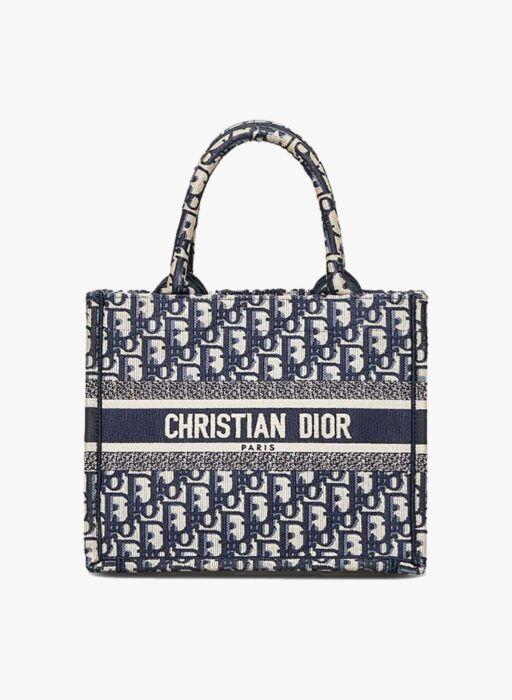
Dior Oblique tote bag
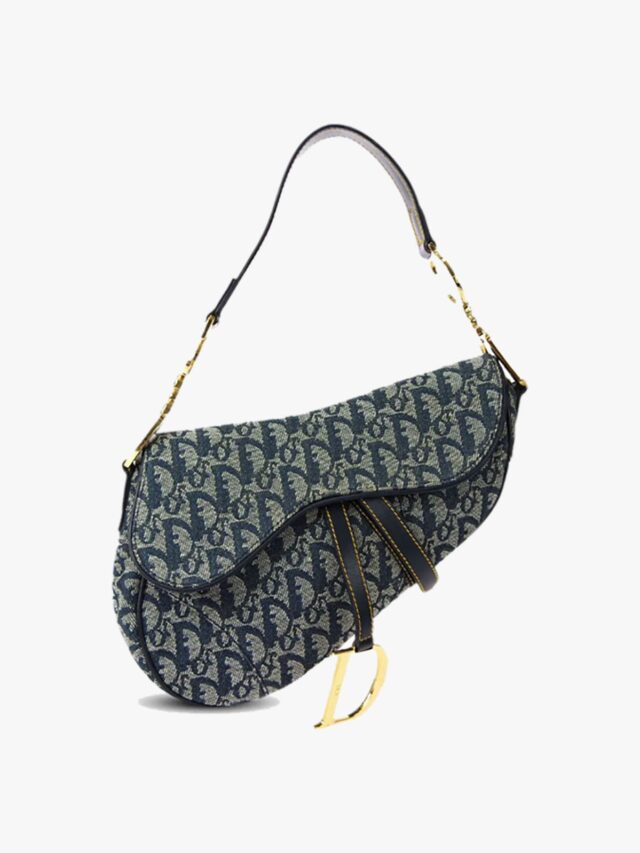
Dior Saddle bag
Marc Bohan introduced the Dior oblique pattern in 1967: a motif that went on to become a globally-recognised brand signature. The slanted repetition of the brand name has graced many collections and coveted Dior handbags. The logotype, for example, found popularity during Galliano’s tenure at the house and continues to be used across accessories, including sneakers, today.
1989: Gianfranco Ferré’s structural flamboyance
Gianfranco Ferré - the Italian designer known as the ‘architect of fashion’ for his structural creations and extravagant volumes - took over the French house in 1989. His flamboyant collections included breezy organza dresses, kaftan jackets, and voluminous ball gowns. Among his most famous designs, the Palladio dress, a stunning embroidered and pleated white silk georgette sheath dress, continues to serve as inspiration for opulent evening gowns.
1996: John Galliano’s extravagant gowns
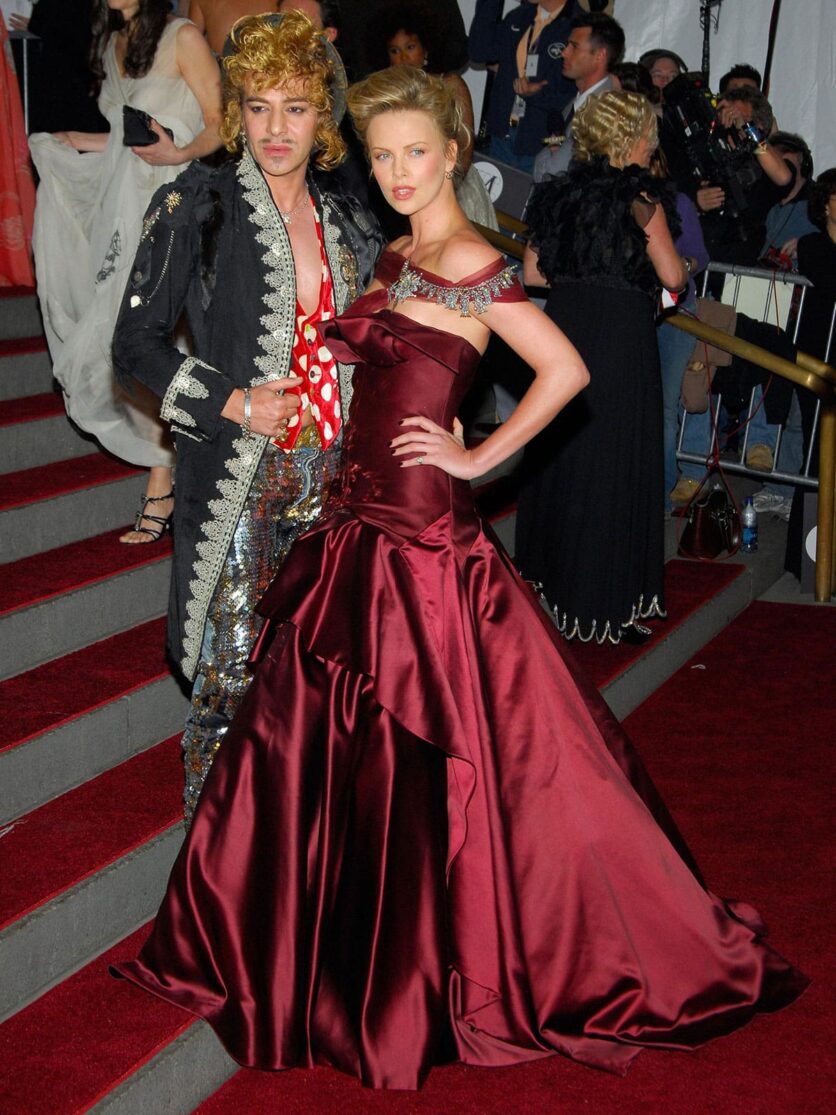
The first British designer to take over at Dior, John Galliano ushered in a heady era of romanticism, fantasy, and seduction in 1996. His theatrical extravagance introduced storytelling via high fashion. And, while his era is defined by decadent gowns and elaborate embroideries, Galliano also created the highly wearable pieces that defined Dior in the 2000s: think the newspaper print slip dresses worn by Sarah Jessica Parker in Sex and The City and the still-popular Saddle bag.
1996: Princess Diana’s Met Gala dress
While Galliano’s run at Dior had numerous standout moments, none was as memorable as the gown Princess Diana wore at the 1996 Met Gala. The late princess donned a midnight blue lace-trimmed satin slip gown paired with statement jewellery for her historic appearance. She also carried the ever-elegant Lady Dior bag - a firm favourite she was rarely seen without.
2013: Raf Simons’ understated elegance
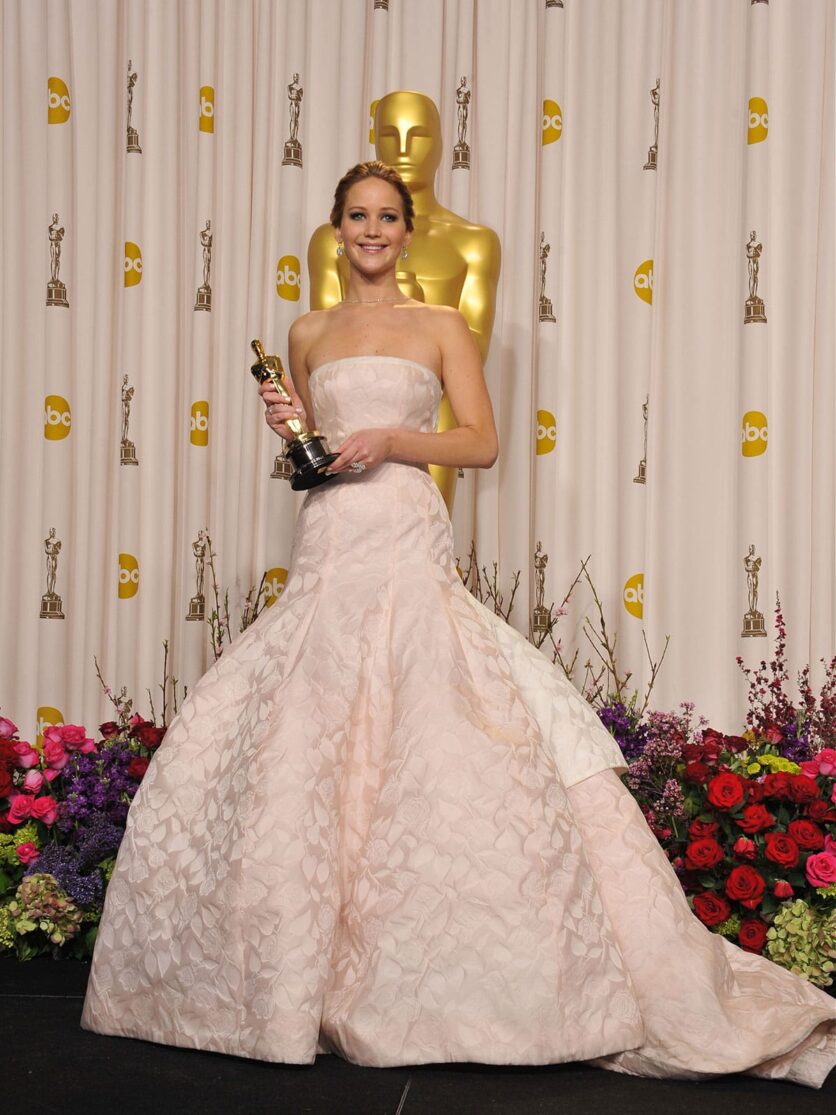
After an era of maximalism, Belgian designer Raf Simons reintroduced a more refined, elegant look at Dior when he took over in the early 2010s . His first-ever haute couture collection for the brand, showcased in the documentary Dior and I, featured simple and immaculately crafted clothes shown in a room lined with innumerable flowers. Among his notable pieces was the classic cream gown worn by Jennifer Lawrence when she won an Oscar in 2013.
Maria Grazia Chiuri’s political T-shirts
Maria Grazia Chiuri brought a fresh perspective to the house of Dior when she became its first-ever female creative director in 2016. Her debut brought forth an era of slogan tees that made a defiantly political statement, emblazoned with the phrase, “We should all be feminists”. The quote, taken from Nigerian writer Chimamanda Ngozi Adichie, struck a chord and proved hugely popular with the fashion crowd and beyond, ushering a sense of activism into the Dior design language that remains today.

